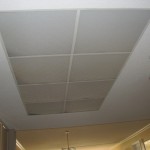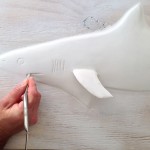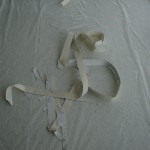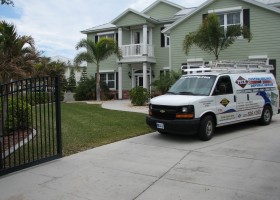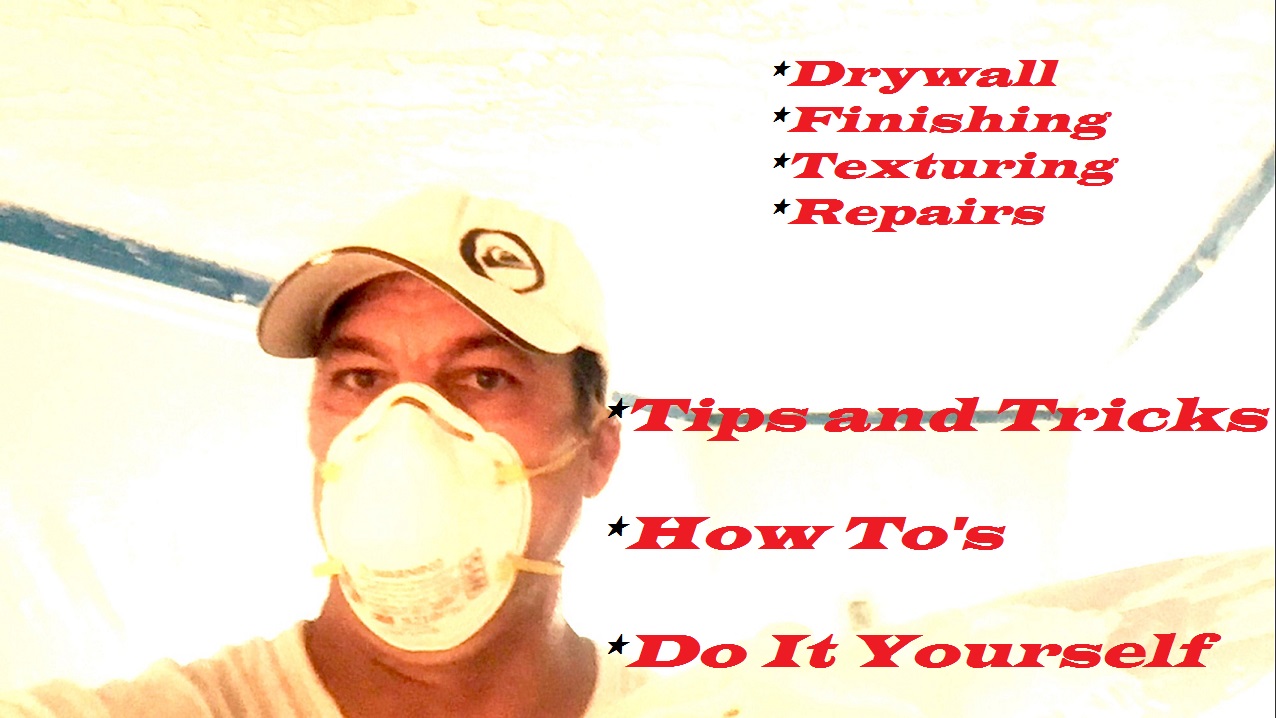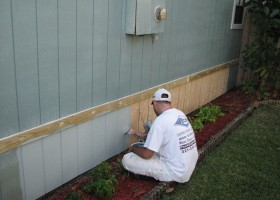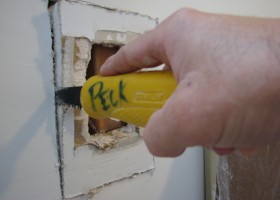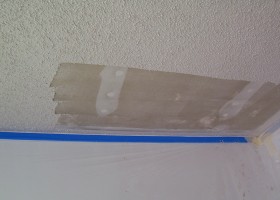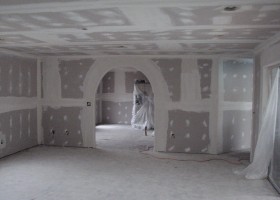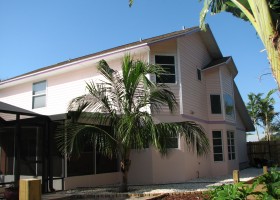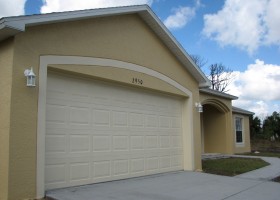Chinese Drywall confirmed in a Palm Bay, FL neighborhood
Toxic Chinese Drywall
I was called out to do a Chinese drywall inspection on a home that was built in 2006. This beautiful home was located in a gated community neighborhood in the Melbourne / Palm Bay area on the Space Coast of Florida.
The concerning thing is that this paticular home was the model home when this entire was in the construction phase. So this mean that the whole neighbor hood could potentially have the toxic Chinese Drywall!
The home was all set for closing when the final home inspection came back as “Possible Chinese Drywall” due to the home being built in the timeframe when Chinese drywall was being shipped here to the East Coast of the United States by the container and ship load…
When I arrived to the home for the Chinese drywall inspection there was a strong odor that smelt like rotten eggs (sulphur). And there was also black corrosion on any copper and also on the the a/c coils. The mirrors in the bathrooms had pitting and desilvering. These are all are the classic symptoms of a toxic Chinese drywall.
Toxic Chinese Drywall Confirmed!
Unfortunately the only remedy for this home is to gut the entire interior from the band new hardwood, carpet, tile, cabinets, ceiling fans, light fixtures, air conditioning system, drywall, metal framing, tubs, showers, baseboards and doors.
Pretty much the home will be back down to only a cement block shell!
Get your Chinese Drywall inspections
by Florida Drywall Contractor- Paul Peck Lic.#RX11066969
Schedule your Chinese Drywall Inspection here
Give us a call for a prompt and accurate quote!
Melbourne/Beachside: 321-777-9337
Merritt Island/Cocoa Beach: 321-453-6233
Titusville: 321-383-3574
or
E-mail us for more information about our Chinese drywall inspection services.
Toxic Chinese Drywall Identification Method
(1) An initial or threshold inspection to find visual signs of metal corrosion and evidence of drywall installation during the relevant time period, and
(2) The identification of corroborating evidence or characteristics.
The identification process is two steps:
Step 1: Threshold Inspection
(a) Blackening of copper electrical wiring and/or air conditioning evaporator coils; and
(b) The installation of new drywall (for new construction or renovations) between 2001 and 2008. A positive result for this step (including both criteria) is a prerequisite to any further consideration.
Visual inspection must show:
Step 2: Corroborating Evidence
Because it is possible that corrosion of metal in homes can occur for other reasons, it is important to obtain additional corroborating evidence of problem Chinese Drywall. Homes with the characteristic metal corrosion problems must also have at least 2 of these corroborating conditions if the new drywall was installed between 2005 and 2008.
For installations between 2001 and 2004, at least 4 of the following conditions must be met. Collecting evidence of these corroborating conditions will in some cases require professional assessors and/or testing by analytical laboratories.
(a) Corrosive conditions in the home, demonstrated by the formation of copper sulfide on copper coupons (test strips of metal) placed in the home for a period of 2 weeks to 30 days or confirmation of the presence of sulfur in the blackening of the grounding wires and/or air conditioning coils;
(b) Confirmed markings of Chinese origin for drywall in the home;
(c) Strontium levels in samples of drywall core found in the home (i.e. excluding the exterior paper surfaces) exceeding 1200 parts per million (ppm);
(d) Elemental sulfur levels in samples of drywall core found in the home exceeding 10 ppm;
(e) Elevated levels of hydrogen sulfide, carbonyl sulfide and/or carbon disulfide emitted from samples of drywall from the home when placed in test chambers using ASTM Standard Test Method D5504-08 or similar chamber or headspace testing;
(f) Corrosion if copper metal to form copper sulfide when copper is placed in test chambers with drywall samples taken from the home.
Florida Department of Health
Always contact your local building department to see if a building permit is required for the work you need and if a state or locally licensed contractor is required to do the job.
For more Project Videos, Drywall Tool Review Videos and How To Videos
Visit my –> Youtube Channel

